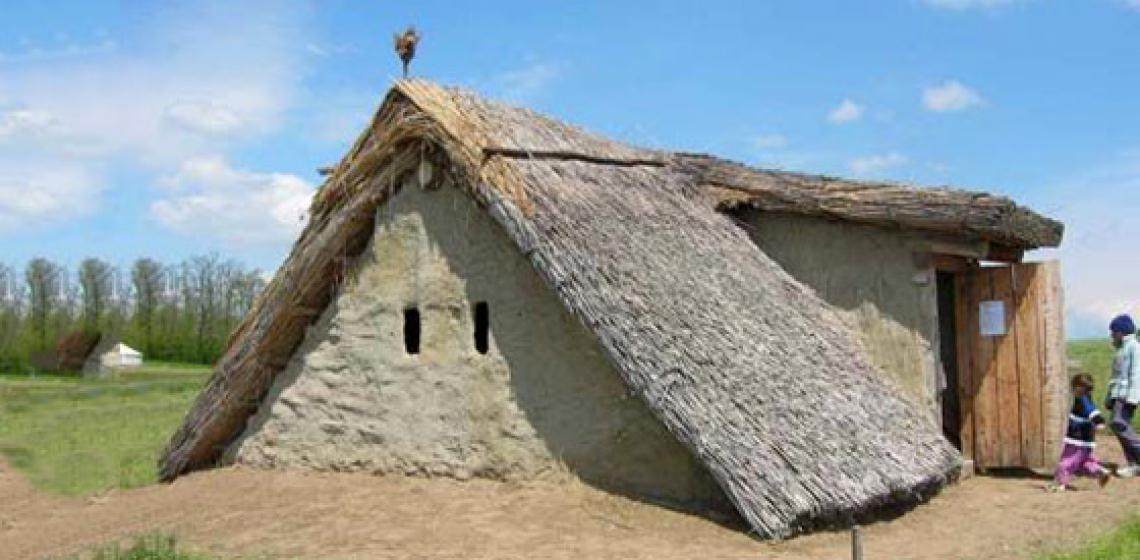
In the late 1980s, excavations were carried out near Kisrozvágy. A village and a cemetery with 73 graves were discovered, dating to the 9th – 11th century. Soon after, the “Bodrogköz Old Hungarian Culture Foundation” (Bodrogközi Régi Magyar Kultúra Közhasznú Alapítvány) came to life, initiated by Dr. Richard Hörcsik & Dr. Laszlo Revesz.
Goal was to explain the roots of modern Hungarian life, which can be traced back to a colourful past, among others in the 9th – 11th century.
The plan for a living archaeological open air museum took shape with the ambition of scientific detail and professional construction methods. The foundation puts value on contacts with professional, business and political personalities working with Hungarian culture. They claim that knowledge of the past helps making decisions for the future. The museum is not only meant to teach about the Hungarian past but as well to aid cultural tourism and to make people enjoy the beautiful natural environment – the site is a combination of a cultural and natural park. Here, you can learn about the culture of the steppe people and how they influenced others in Europe.
The 15 hectare large archaeological park is intended to be a demonstration of life in the far past, and consists of a village (re)construction and a cemetery. Crafts and activities on display are among others making pottery, working with skins, carving wood and many activities connected with using horses: trips, cross country, horse combat et cetera. Some of those activities need to be booked in advance.
Sources for the buildings and activities are not only the archaeological excavations, but ethnographic ideas are used as well for designing the stone and wood houses. There is as well an outdoor cooking area, best compared with present day Summer kitchens. A farm house is (re)constructed, besides that a stone dwelling, a smithy, a pottery workshop a goldsmith site and a place for textile working. Around the “village”, there are yurts of the shepherd, next to the meadow, complete with pens with animals. When you look carefully, you will also find the site of the shaman.
The museum guides are dressed like how it may have been in the 9th – 11th century explaining about the everyday life of the ancient Hungarians, their material and spiritual culture as far as we can imagine.
